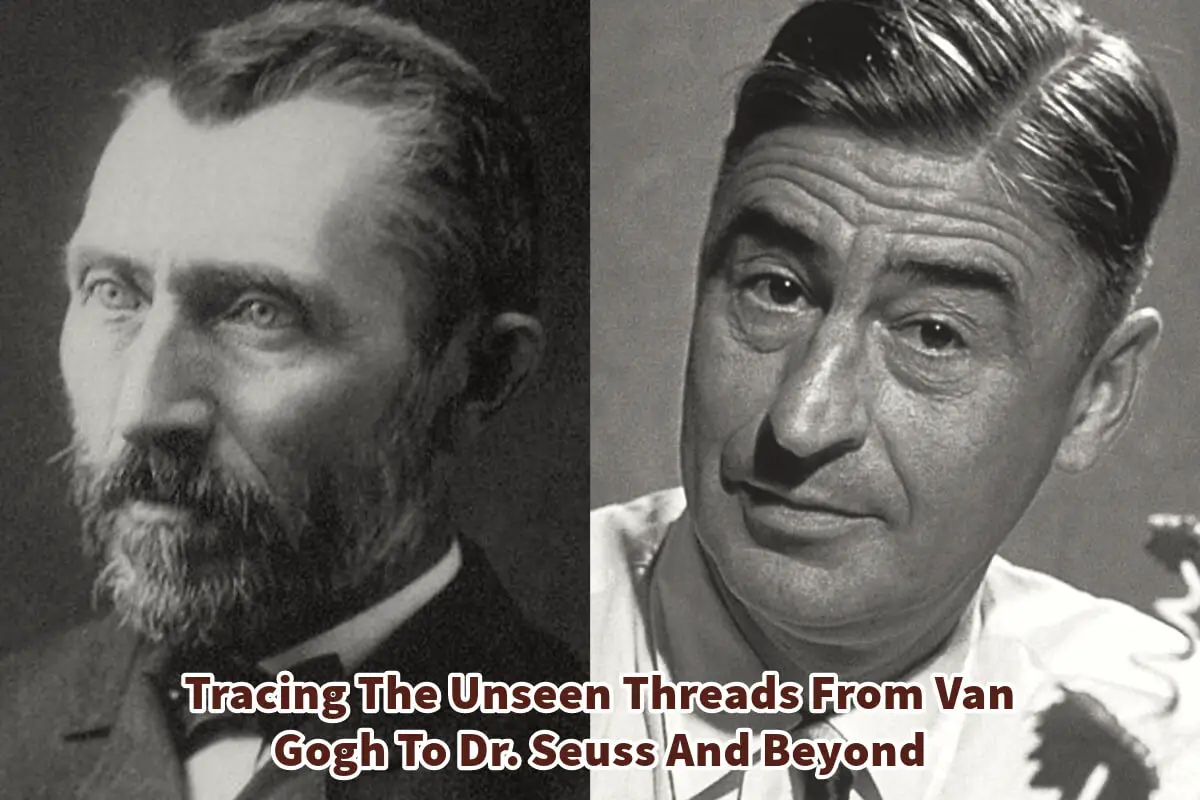The world of art and literature is rich with unexpected connections and inspirations. At first glance, Vincent Van Gogh, a post-impressionist painter, and Dr. Seuss, a beloved children’s book author, might seem worlds apart.
Yet, a closer, imaginative look at their works, especially Van Gogh’s “The Starry Night” and Dr. Seuss’s “How the Grinch Stole Christmas,” alongside a whimsical consideration of “The Grim Adventures of Billy and Mandy,” reveals a tapestry of creative echoes that transcend time and genre.
Table of Contents
- The Unexpected And Speculative Connection Between Vincent Van Gogh And Dr Seuss
- Who Is Dr. Seuss?
- Van Gogh’s The Starry Night: A Source Of Inspiration For Dr Seuss?
- The Power Of Creative Interpretation
- Related Questions
The Unexpected And Speculative Connection Between Vincent Van Gogh And Dr Seuss
They are exploring a speculative connection between Vincent Van Gogh and Dr. Seuss and their supposed influences of Vincent Van Gogh’s art on Dr Seuss’s work and art.
You can look into the art of Vincent Van Gogh and Dr. Seuss and see some similarities and how Vincent Van Gogh’s work influenced Dr. Seuss, particularly his work Starry Night and the Night Sky.
Dr Seuss and Van Gogh would not have known each other as they were born in different eras, but there is a perfect chance that Dr. Seuss knew about Vincent Van Gogh and his work, especially his art of The Starry Night.
It is good to understand each of these men to discover this more.
Who Was The Artist Vincent Van Gogh?
Vincent van Gogh, born on March 30, 1853, in Zundert, Netherlands, is one of the most famous and influential figures in the history of Western art. Despite his lasting fame today, van Gogh’s life was marked by obscurity and mental turmoil.
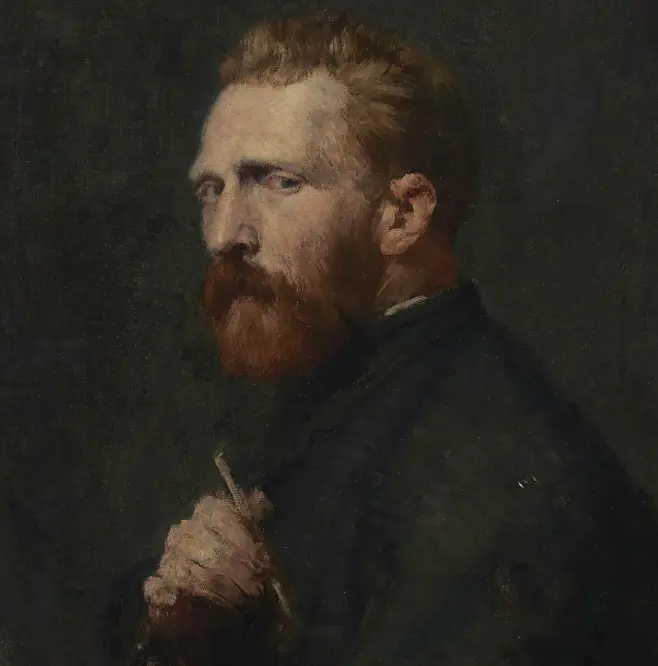
He was the son of a pastor and grew up in a religious and cultured environment. Notably, van Gogh only began his career as an artist in his late twenties, which is relatively late for most artists.
Before finding his calling in art, van Gogh tried his hand at various jobs, including working for an art dealer, teaching, and even preaching, but none of these endeavors satisfied him. His journey into art began earnestly in the early 1880s, when he started experimenting with drawing and painting, influenced heavily by his surroundings.
Vincent van Gogh’s art is known for its bold, dramatic brush strokes, which expressed emotion and added a feeling of movement to his works. This style, part of the broader post-impressionist movement, was a reaction against the precision of impressionism. Vivid colors, passionate paint application, and expressive lines and contour are hallmarks of his work.
His artistic career, spanning just a decade, was prolific yet plagued with personal struggles, including poverty, mental illness, and a lack of recognition.
Van Gogh suffered from episodes of depression and mental illness throughout his life and was known to have been hospitalized several times. His mental health struggles culminated in the famous incident where he cut off his ear, followed by a period in an asylum in Saint-Rémy-de-Provence, France.
One of his most famous works, “The Starry Night,” was created during his time at the asylum. This piece, like many of his others, is renowned for its swirling skies and vibrant use of color. Van Gogh’s work significantly influenced the art world, particularly on expressionism in the 20th century.
Sadly, Vincent van Gogh’s life ended in tragedy. He died in July 1890 from a gunshot wound, under circumstances that are still debated by historians – whether it was an act of suicide or an accident.
His work was beginning to be recognized and appreciated at the time of his death. Today, Van Gogh is celebrated as a tragically misunderstood genius whose works are among the most expensive and revered pieces in the world of art.
Who Is Dr. Seuss?
Dr. Seuss, the pen name of Theodor Seuss Geisel, was a prolific American author and illustrator best known for his top-rated children’s books. Born on March 2, 1904, in Springfield, Massachusetts, Geisel adopted the pseudonym “Dr. Seuss” during his college years at Dartmouth College and later at Oxford University, although he never completed a doctorate.
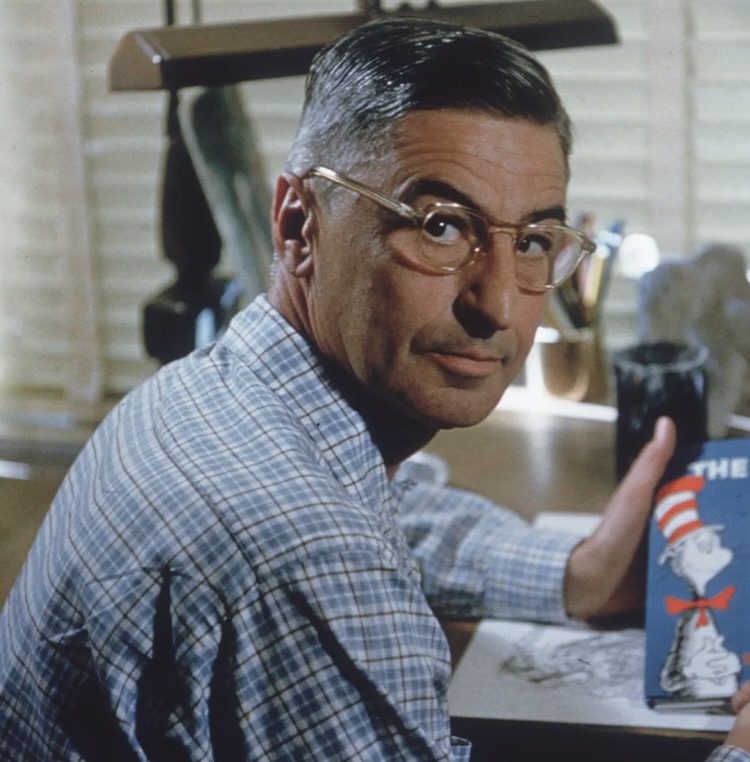
Dr. Seuss’s career as a children’s book author took off in the late 1930s with his first book, “And to Think That I Saw It on Mulberry Street.” However, the publication of “The Cat in the Hat” in 1957 cemented his place in children’s literature. This book was part of a line of beginner books that Geisel created to help children learn to read, featuring simple words and imaginative illustrations.
His writing is celebrated for its playful use of rhyme and meter, and his work often included imaginative characters set in fantastical, colorful landscapes. Dr. Seuss’s books were not only entertaining but also carried messages about environmentalism, equality, and the importance of imagination and determination, as seen in books like “The Lorax,” “Horton Hears a Who!” and “Oh, the Places You’ll Go!”
Beyond his children’s literature, Geisel was a political cartoonist, an illustrator for advertising campaigns, and a filmmaker during World War II. However, these children’s books made an indelible mark on popular culture. His whimsical, unique artistic style, bold, vibrant illustrations, and playful yet powerful language use have made his books enduring classics.
Dr. Seuss’s contributions to literature have been recognized with multiple awards, including two Emmy Awards, a Peabody Award, and the Pulitzer Prize. His impact on children’s literature is profound, with his books selling over 600 million copies and being translated into numerous languages.
The legacy of Dr. Seuss continues to endure long after his passing on September 24, 1991. His birthday, March 2, has been adopted as National Read Across America Day in the United States, an annual event encouraging children to read. Dr. Seuss’s work remains a staple in children’s literature, cherished by generations for its whimsical charm, creativity, and underlying messages of tolerance, environmentalism, and the value of being true to oneself.
Van Gogh’s The Starry Night: A Source Of Inspiration For Dr Seuss?
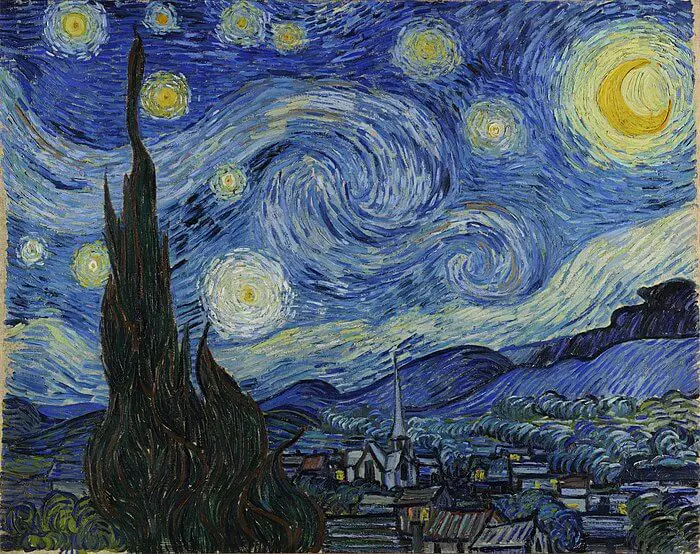
“The Starry Night” is more than a depiction of the night sky; it embodies emotion and turmoil. Some might creatively speculate that this painting, with its swirling, vibrant sky and the peaceful village below, could have inspired the setting of Dr. Seuss’s Whoville and Mount Crumpit in “How the Grinch Stole Christmas.”
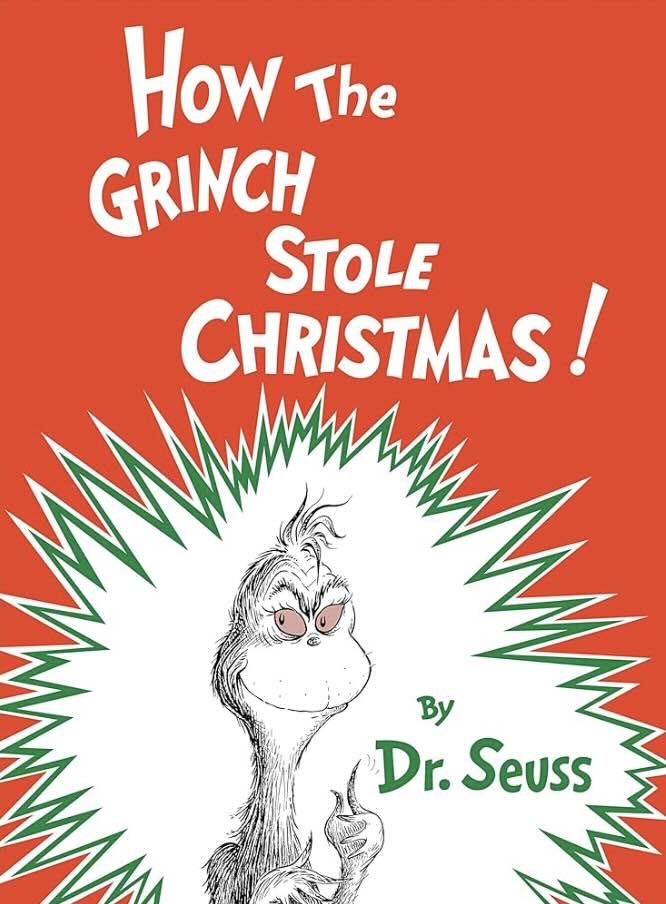
The painting’s dominant, swirling cypress tree might be reimagined as Mount Crumpit, overlooking the small town, a parallel to the relationship between the Grinch and Whoville.
Dr. Seuss’s Imaginative Leap
While there’s no direct evidence that Dr. Seuss drew inspiration from Van Gogh’s masterpiece, the similarities in imagery invite a playful hypothesis. Seuss’s imaginative landscapes often defy conventional perspectives and proportions, much like Van Gogh’s bold, expressive techniques challenged traditional art norms.
Connecting To The Grim Adventures Of Billy And Mandy
Taking this creative interpretation further, one could whimsically link the characters of “How the Grinch Stole Christmas” to “The Grim Adventures of Billy and Mandy.” In this imaginative scenario, the Grinch parallels the Grim Reaper – a character connecting life and the afterlife – while Cindy Lou could represent Mandy, a character known for her friendship with Grim and her navigation of bizarre adventures.

The Cypress Tree: A Symbolic Bridge
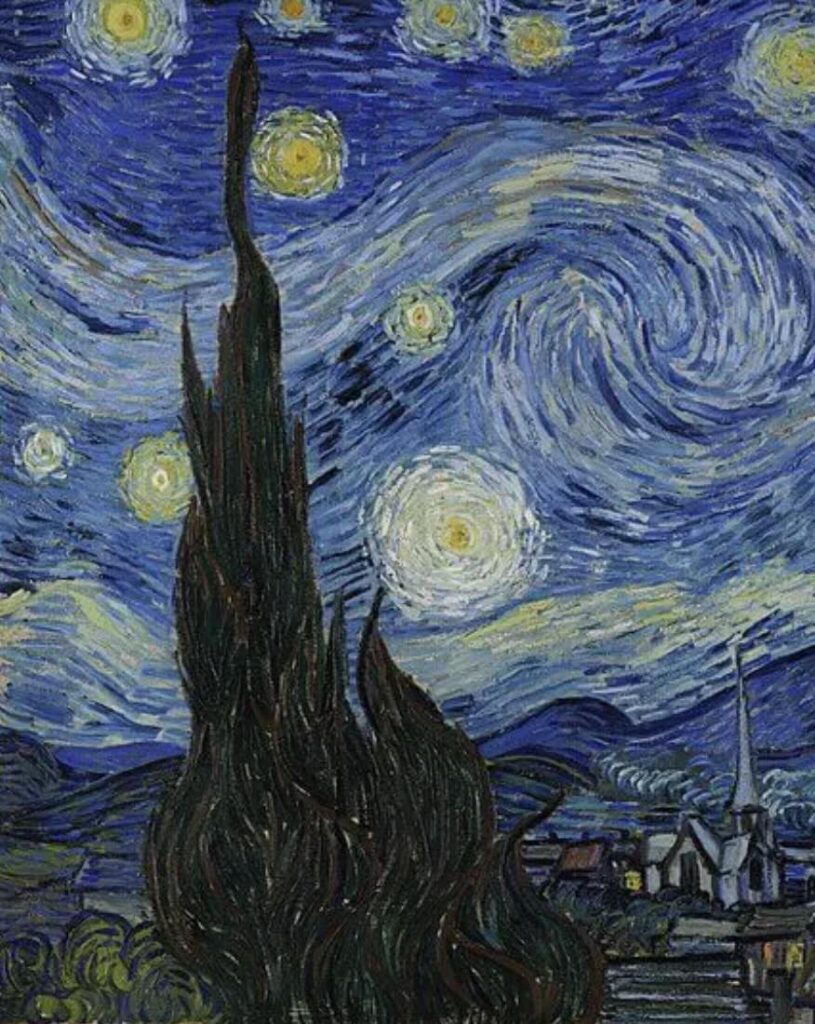
In this creative interpretation, the cypress tree in “The Starry Night” serves as a symbolic bridge between life and the afterlife, akin to the role of the Grim Reaper. This interpretation adds a layer of depth to the portrayal of Mount Crumpit, imbuing it with symbolic significance as a connector of worlds.
The Power Of Creative Interpretation
While historical evidence does not support a direct connection between Van Gogh, Dr. Seuss, and “The Grim Adventures of Billy and Mandy,” drawing imaginative parallels between these works highlights the limitless interpretations and meanings one can find in art.
It underscores the notion that art and literature are reflections of reality and canvases for our imagination, allowing us to draw connections that, while not factual, are creatively stimulating and thought-provoking.
Ultimately, whether or not these creative interpretations hold any factual basis, they encourage us to look beyond the surface, find unexpected links, and appreciate the vast, interconnected web of artistic expression that spans different eras and genres.
Anita Louise Art is dedicated to art education, great artists, and inspiring others to find and create their art. We love art that uplifts and inspires. #ArtToMakeYouSmile! #ArtToMakeYouHappy!
If you are interested to see any of my art, you can find out more by clicking here. If you are interested in what inspires me and my paintings, you can discover more by clicking here.
We have a free newsletter and would love you to be part of our community; you can subscribe to the newsletter by clicking here. If you have any questions, I would be happy to talk to you at any time. You can reach me, Anita, by clicking here.
Subscribe to our Anita Louise Art YouTube Channel, filled with great videos and information, by clicking here.
Join us for our podcast “5 Minutes With Art.” Spend just 5 minutes a week with us to discover and learn about great art and artists. You can find out more about our podcast by clicking here.
Related Questions
Claude Monet And The Rise Of Japonisme
Japan opened its doors to the Western world for trade in 1853, and with that came a flood of Japanese art, artifacts, and textiles to Europe. Many Impressionist artists were fascinated with Japan, but one heavily influenced by Japanese art and the Japanese artist’s technique was Claude Monet.
By clicking here, you can discover more by reading Claude Monet And The Rise Of Japonisme.
Edgar Degas And The Influence Of Japonisme On His Work
Edgar Degas was among the Western artists deeply inspired by this Japanese art form. His works bear a clear imprint of the aesthetics and techniques he absorbed from Japanese Ukiyo-e masters. Read on; we delve into how his exposure to Japanese artistry shaped Degas’s art and examine some of his works that display this definitive influence.
You can discover more by reading Edgar Degas And The Influence Of Japonisme On His Work by clicking here.
Impressionism And The Influence Of Japonisme
The word Japonisme was used to describe the influence of Japanese art on Impressionism art. The Impressionism artists would study Japanese art and then incorporate parts of the Japanese art techniques and inspiration into their art. Japanese art influenced artists like Claude Monet, Vincent Van Gogh, Edouard Manet, Mary Cassatt, Edgar Degas, Paul Gauguin, James McNeill Whistler, and Henri de Toulouse-Lautrec.
By clicking here, you can discover more by reading Impressionism And The Influence Of Japonisme.

